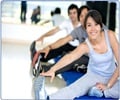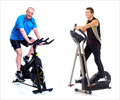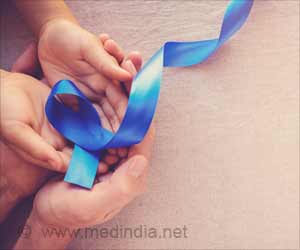Cycling could lead to lower bone density, known as osteopenia. Doctors suggest bone-loading exercise as a counter.
Cycling could be good for heart and muscles, but bad for bones. Cyclists tend to have osteopenia or lower-than-normal bone density.
"You would think that cyclists are very healthy because they spend all those hours training," says Pam Hinton, associate professor of nutritional sciences at the University of Missouri-Columbia and coauthor of the study accepted for publication in the journal Metabolism. "In other aspects they are -- cardiovascular health and body composition. But in this one aspect, they're not doing so well."The study tested the bone mineral density of 27 cyclists and 16 runners ages 20 to 59 who had engaged in their sport a minimum of six hours a week for at least two years. Hinton controlled for diet, past exercise and weight training. Whole body scans and blood tests showed that 63% of cyclists had osteopenia of the spine or hip, compared with 19% of the runners.
Osteopenia is bone mineral density that's lower than normal but not so low to be considered osteoporosis, or very low bone mineral density. Not all who have osteopenia will develop osteoporosis, and treatment isn't always required.
Some of those with osteopenia were in their 20s and 30s, "and that was pretty alarming to me," Hinton says. "I thought I'd just see it in guys who were older and had been riding for years."
In general, men may not be as much at risk for low bone density as women -- especially postmenopausal women. But Hinton believes they should be concerned because osteopenia can lead to osteoporosis and injuries such as hip fractures.
Bone cells are surrounded by fluid that, when hit with an impact force, moves back and forth. That action signals to the bone cells to add more mass."You lose bone mass quickly if there isn't some kind of mechanical loading on the bone," Hinton says.
Advertisement
Weight training can also exert force on the bone, says Hinton, but not as much as during impact, perhaps accounting for the lower bone mineral density in cyclists. Some of the study participants protested that the muscle contractions that occur when pedaling and standing on the pedals should account for some impact. "But the pedal is moving with you," she says. "You don't have the earth resisting your body."
Advertisement
"When you're young, you should be maximizing your bone density," she says, "and as you get older, exercise slows the rate of loss. So it's really important no matter where you are in your life to be doing some kind of bone-loading exercise."
Source-Medindia
GPL/V











